Types of Data Collected in Foodborne Outbreak Investigations
Three Types of Data
When a foodborne outbreak is detected, public health and regulatory officials work quickly to collect as much information as possible to find out what is making people sick.
Epidemiologic Data
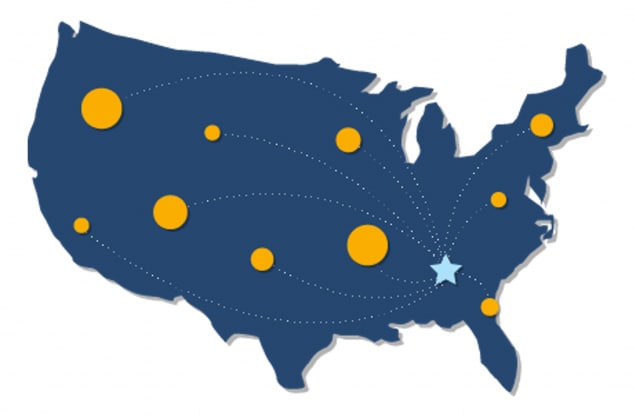
Where and when did people get sick? Has the same germ caused outbreaks before? If it has, what made people sick in those outbreaks?
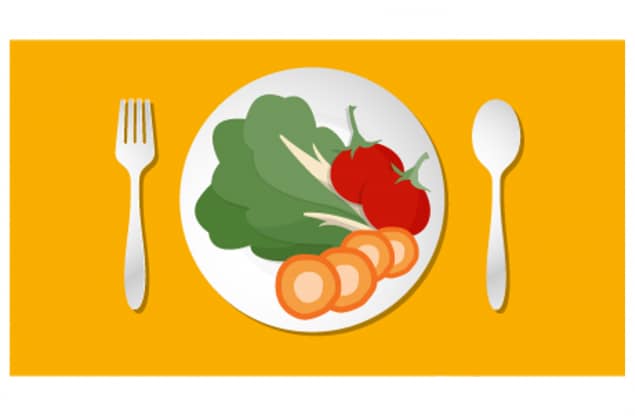
What foods did people eat before they got sick?
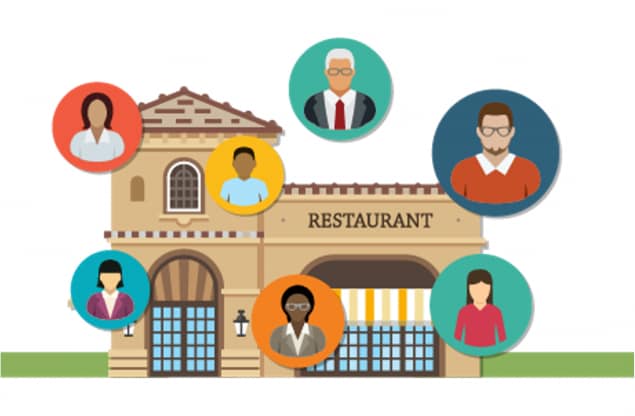
What restaurants, grocery stores, or events did sick people go to?
Traceback Data
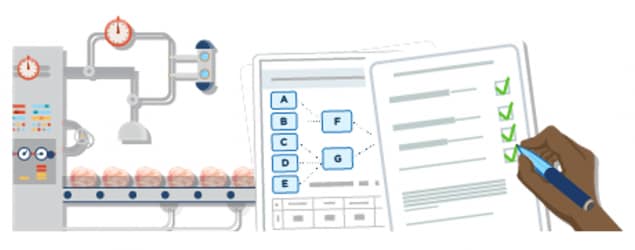
Is there a common point in the distribution chain where the food could have gotten contaminated?
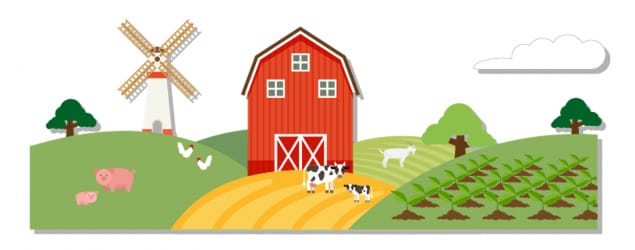
Is there anything about the food production facilities, farms, or restaurants that made germs likely to spread?
Food and Environmental Testing Data
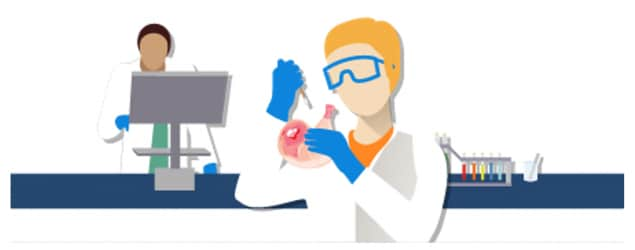
Is the germ causing the outbreak also found in a food item or in the food production environment?
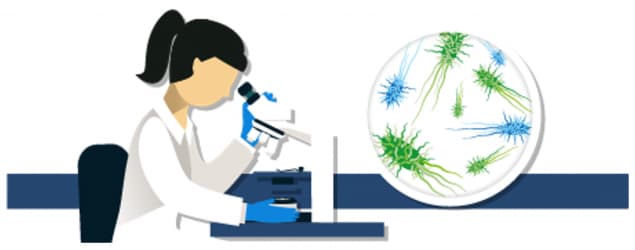
Do the germs found in the food or food production environment have the same DNA fingerprints as germs found in sick people?
Actions to Stop the Outbreak
Outbreak investigators take actions to protect the public when there is clear and convincing information showing that people got sick from the same contaminated food.
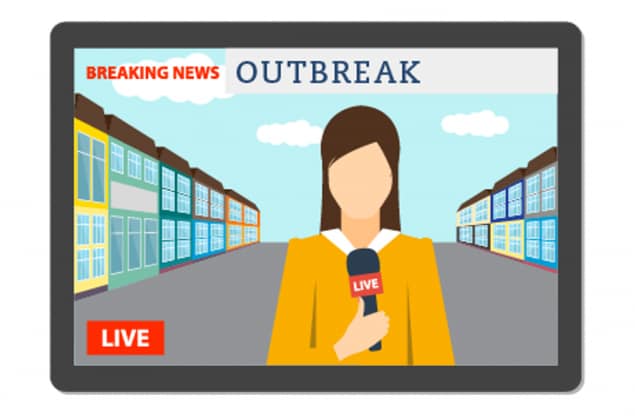
Health officials warn the public
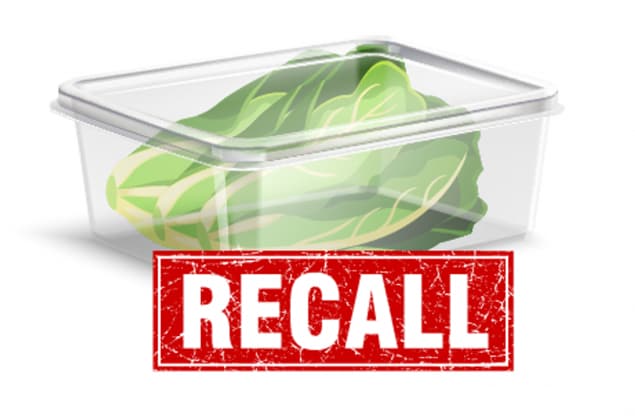
Companies recall contaminated products

Restaurants or food production facilities close temporarily
Constantly Improving

Investigators don’t solve every outbreak. Sometimes outbreaks end before enough information is gathered to identify the contaminated food. Outbreak investigators are constantly developing new ways to investigate and solve outbreaks faster.